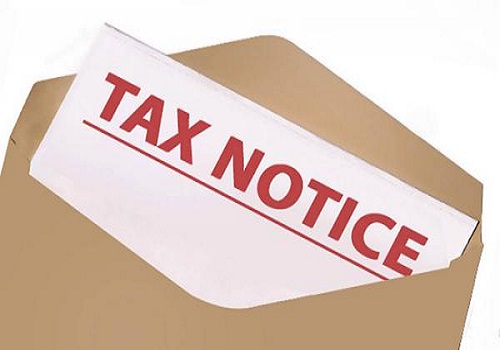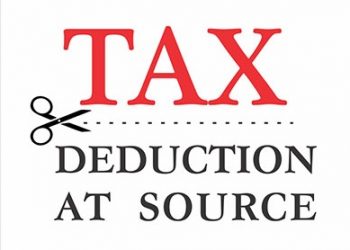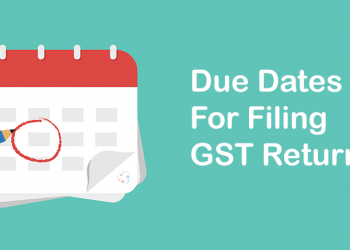In the past few days, many taxpayers, especially individuals and businesses with significant financial activity, might have received a notice under Section 143(2) of the Income Tax Act, 1961. In most cases, this notice has been issued along with an intimation under Section 144B, informing the assessee that the assessment will be conducted through the Faceless Assessment Scheme.
These notices, primarily for Assessment Year (AY) 2024–25, have been served up to 30th June 2025, in line with the statutory timelines. In select cases, such notices have also been issued for AY 2022–23 and AY 2023–24, especially where the assessee has filed Updated Returns under Section 139(8A).
According to various data insights and industry sources, nearly 1.65 lakh notices have been issued by the Income Tax Department under Section 143(2) before 30th June 2025 — marking one of the highest volumes of scrutiny cases in recent years. This trend clearly reflects the growing use of data analytics and AI tools by the department to identify mismatches, high-risk profiles, and compliance gaps.
Understanding Section 143(2): Why This Notice Was Sent to You
The issuance of a notice under Section 143(2) indicates that the Income Tax Department has selected your return for complete scrutiny assessment.
“Where a return has been furnished under section 139, or in response to a notice under section 142(1), the Assessing Officer or the prescribed income-tax authority, as the case may be, if he considers it necessary or expedient to ensure that the assessee has not understated the income or has not computed excessive loss or has not underpaid the tax in any manner, shall serve on the assessee a notice requiring him, on a date to be specified therein, to attend the office or to produce, or cause to be produced, any evidence on which the assessee may rely in support of the return.” — Section 143(2)
It essentially marks the initiation of detailed scrutiny for your return, which means the department has found some red flags or inconsistencies based on the data available with them.
Why You Might Have Received a Notice Under Section 143(2)?
While the selection criteria for scrutiny cases are not publicly disclosed, based on professional experience and analysis, here are some common triggers:
-
High Cash Deposits – Depositing cash of more than ₹10 lakhs in a savings or current account during the year.
-
Mismatch in AIS/TIS vs ITR – Non-reporting of transactions reflected in the Annual Information Statement (AIS) like purchase of immovable property, high-value mutual fund transactions, etc.
-
Credit Card Payments – Payment of credit card bills higher than the declared income.
-
Unreported Capital Gains – Sale of property, shares or mutual funds not disclosed in the ITR.
-
Claiming Large Deductions – Claiming deductions under Chapter VI-A or losses which appear unusual in comparison to the income profile.
-
Frequent Filing of Updated Returns – Filing updated returns under section 139(8A) without adequate justification.
These data points are captured from various third-party sources like banks, mutual funds, registrars, and credit card companies, and consolidated under AIS/TIS, helping the department to shortlist high-risk profiles using artificial intelligence tools.
Legal Timelines: Why You Got the Notice Now
As per proviso to Section 143(2), the notice must be issued within three months from the end of the financial year in which the return is filed.
“No notice under this sub-section shall be served on the assessee after the expiry of three months from the end of the financial year in which the return is furnished.” — Proviso to Section 143(2)
Thus, for returns filed between 01.04.2024 to 31.03.2025 (FY 2024-25), the last date for issuance of a scrutiny notice under section 143(2) would be 30th June 2025.
For returns filed under Section 139(8A) (Updated Returns), this notice can also be issued in respect of earlier years, provided the statutory time limits under Section 153 are met.
Section 144B: What Does This Notice Mean?
If your notice is accompanied by a communication under Section 144B, it simply implies that the assessment will be conducted in a faceless manner under the new regime.
“The assessment, reassessment or recomputation under this Act shall be made in a faceless manner as per the procedure laid down by the Board.” — Section 144B(1)
This means:
-
You will not be interacting with any jurisdictional assessing officer.
-
All communications will happen through the Income Tax e-Filing portal.
-
All submissions, notices, responses and final orders will be handled electronically.
How to Respond to Notice Under Section 143(2)?
At this stage, the notice under Section 143(2) is generally procedural in nature and does not require immediate submission of all documents.
Here’s how to handle it:
-
Don’t panic or rush to submit documents.
-
Wait for a notice under Section 142(1), which will contain specific requirements.
-
Once received, respond within the stipulated time through the portal.
-
Request for clarification, if the requirements are vague or unclear.
-
Avoid giving excessive or irrelevant information.
-
Consult a professional (such as a Chartered Accountant) to prepare your response appropriately.
Way Ahead: What to Expect in the Scrutiny Process
Here’s the general sequence of assessment proceedings:
-
Notice under Section 143(2) – Indicates scrutiny has been initiated.
-
Notice under Section 142(1) – Specifies documents or details required.
-
Show Cause Notice (SCN) – If the assessing authority proposes additions or disallowances.
-
Final Assessment Order under Section 143(3) – Accepts return as filed or makes additions.
“No order of assessment under section 143 or section 144 shall be made at any time after the expiry of twenty-one months from the end of the assessment year in which the income was first assessable.” — Section 153(1) (Applicable w.e.f. AY 2023-24 onwards)
Thus, for AY 2024–25, the final assessment order must be passed by 31st December 2026.
Further, where a notice has been issued for assessment in relation to an Updated Return filed under Section 139(8A), the time limit for completing such assessment is governed by Section 153(1A):
“In a case where a return has been furnished under sub-section (8A) of section 139, the order of assessment or reassessment or recomputation, as the case may be, shall be made within twelve months from the end of the financial year in which such return was furnished.” — Section 153(1A)
Accordingly, if the Updated Return was filed in FY 2024–25, the due date for completion of such assessment will be 31st March 2026.
Conclusion: Stay Prepared and Compliant
Receiving a scrutiny notice under Section 143(2) is not necessarily an allegation of concealment. It merely means the department wishes to verify certain transactions or claims in your return.
Here’s a quick checklist:
-
Review your AIS/TIS for mismatches.
-
Keep all supporting documents for major transactions ready.
-
Coordinate with your tax consultant for timely responses.
-
Stay vigilant for all communications on the Income Tax portal.
Being proactive, cooperative, and transparent is the best way to sail through a scrutiny assessment.
If you’ve received such a notice or need help in dealing with scrutiny assessments, consult a tax professional immediately to avoid penalties, interest, or potential prosecution.
Guidance on above article on Income Tax by:
Naman Maloo (C.A., B.Com)
He is currently working as Partner – Direct Tax with a renowned firm in Jaipur having experience in dealing Assessments before Income Tax authority, Tax Audit, International Taxation, Tax planning for NRI, Business planning and consultation.
E-mail: naman.maloo@jainshrimal.in | LinkedIn: Naman Maloo
You can book phone consultation/ assistance online with expert as mentioned below:
To book ITR filing with experts CLICK ME.
To book phone consultation with experts for any Income tax related matters CLICK ME.
To book consultation for Faceless Assessment with experts CLICK ME.
To book phone consultation with experts for GST related matters CLICK ME.
To book general phone consultation with expert CLICK ME.














